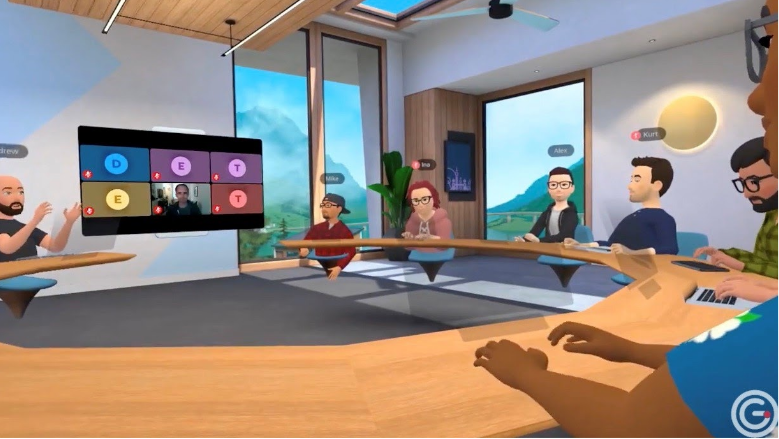Nothing but .NET: An Introduction to .NET Framework

The .NET Framework continues to attract developers with the majority of Windows coders using the platform.
Languages like C# and ASP.NET for web development account for millions of applications and sites. But what exactly is the .NET Framework? And how you can leverage it and powerful libraries to code for systems besides Windows?
This article provides a .NET Framework 101 tutorial.
Read on to learn the .NET basics and the best IDE to code in. Discover the difference between .NET Core vs Framework architecture. And see how importing the right library can make you more productive.
What Is the .NET Framework?
The .NET Framework enables software developers to build and run apps on a Windows development platform. It’s a collection of technologies that can also execute on macOS, Linux, iOS, Android, and other flavors.
.NET was first released in the early 2000s with the intention of unifying the Windows coding experience.
Since then, it has evolved into three main implementations:
- .NET Framework – original .NET implementation running websites, desktop apps, services, etc.
- .NET Core – open-source cross-platform implementation of .NET
- Xamarin/Mono – mobile development
.NET supports C#, F#, and Visual Basic code. All three compile into a common intermediate language (CIL) and filter into a common runtime. This gets translated into machine code which can run on any system.
.NET Basics
To start programming using the .NET Framework, first, download the latest installation files.
The current version is .NET Framework 4.8. It comes preinstalled on the Windows 10 May 2019 update and all major updates since then.
Simply select the language you wish to code in when the program opens.
Visual Basic is perfect for beginners as the syntax is relatively straightforward. For more powerful apps and full memory control, choose C#. F# will be familiar to Java developers used to a strongly typed language.
Finally, select and install your integrated development environment (IDE) and start coding.
The Microsoft software guide to C# development recommends you use Visual Studio. It comes with predictive editing and debugging and compiling tools. And there are lots of templates to help you get started.
.NET Components
A powerful feature of .NET is its ability to add components to use in your projects.
For example, if you wanted to import text from a scanned paper image you could use an OCR .NET component. Use the Nuget package installer, instantiate the component object, then implement the methods it offers.
These tools work with multiple file types like JPEG images and PDFs. You can even combine several components to read from a large list of scans and export them as a portable document format.
.NET Core vs Framework
What if you need to develop outside of the Windows environment? The solution is to use .NET Core.
It runs on macOS and Linux as well as Windows and it’s open-source yet maintained by Microsoft. It also works on x64, x86, and ARM architectures.
.NET now allows you to develop on any system using the same codebase. There’s less time having to port over code which reduces bugs and keeps all parties happy.
More .NET Framework 101 Tips
The .NET Framework is Microsoft’s virtual gateway to coding in 2021 and beyond.
Languages like C# and VB.NET let you create mobile, Windows, and multi-platform apps. Access custom libraries to scan content through OCR and create PDF files on the fly. You can develop with confidence, knowing that .NET will continue to grow alongside your projects.
Read more .NET Framework 101 tips and .NET basics in our technology section.






